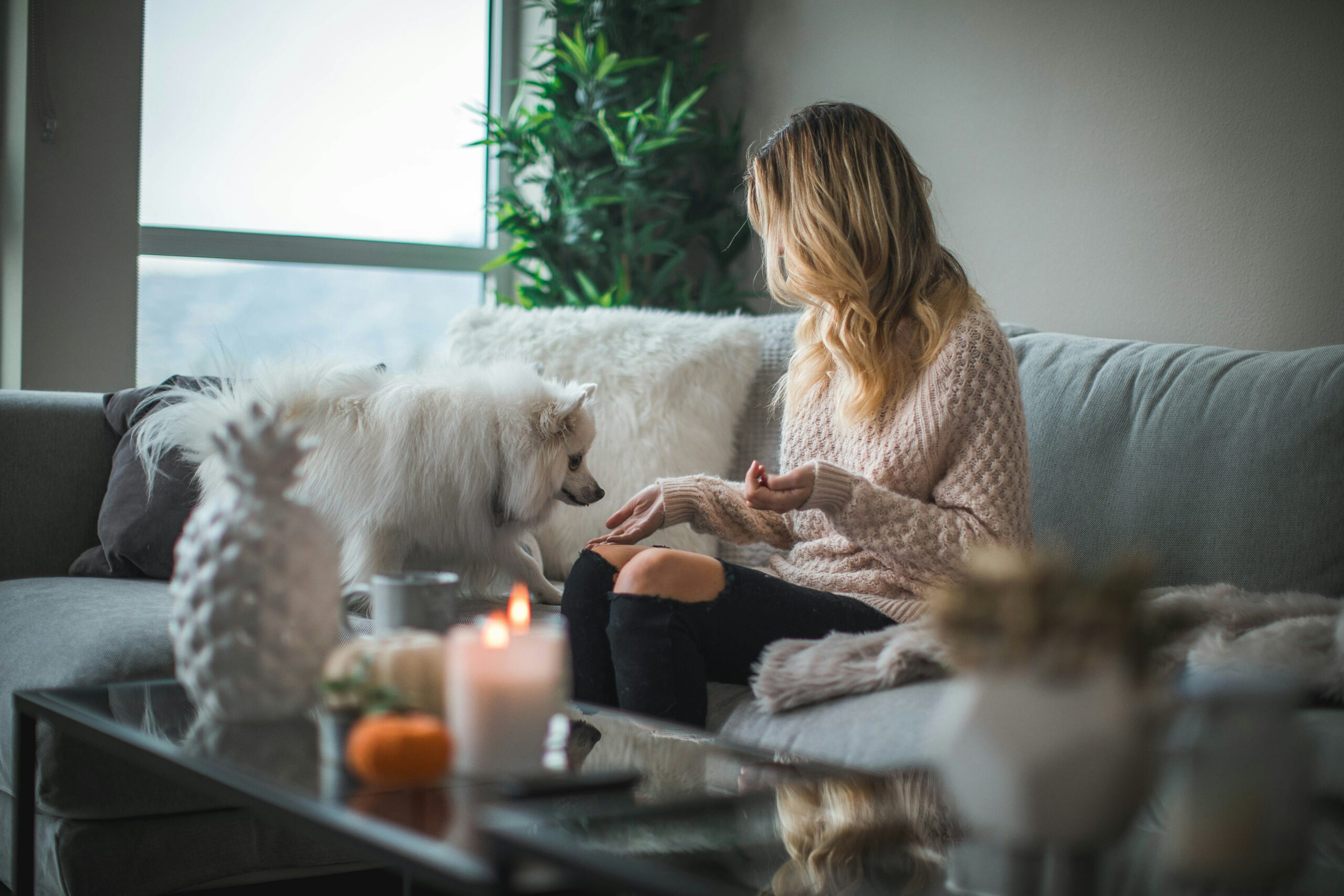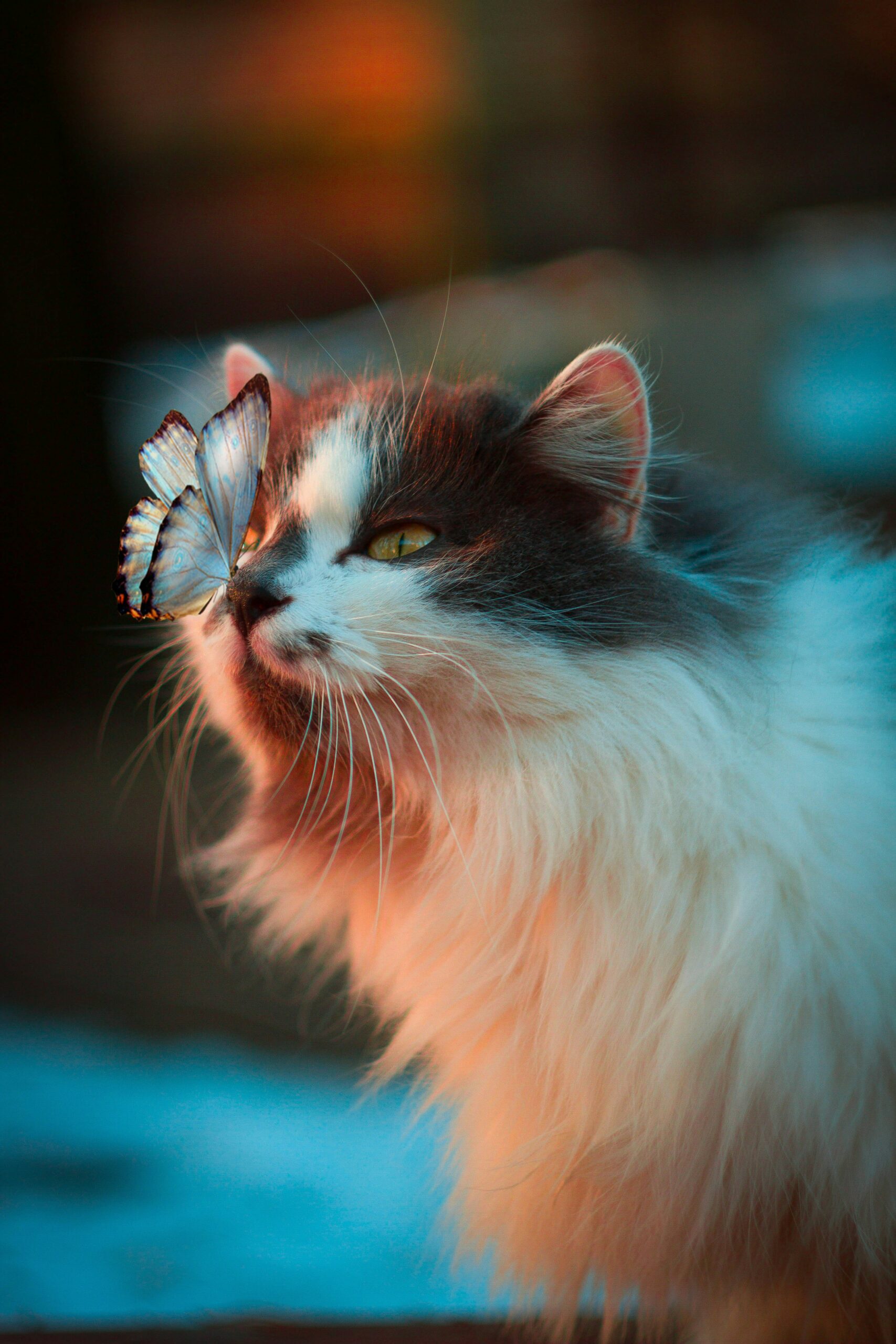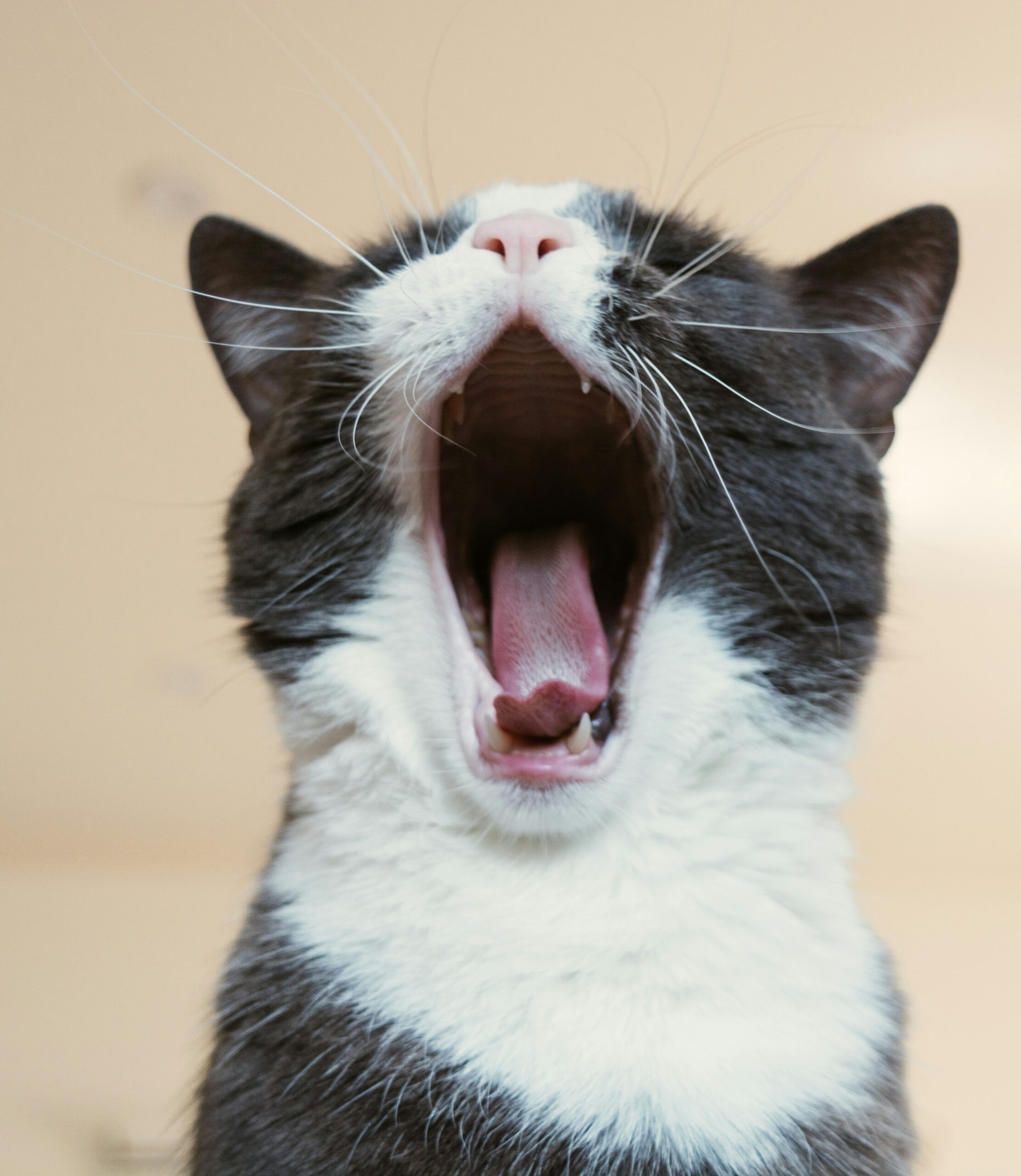Bringing a pet into your home is a joyful and rewarding experience, but it also comes with responsibilities. Just like childproofing, pet-proofing your home is essential to keep your furry friends safe and happy. From curious kittens to rambunctious puppies, every pet deserves a secure environment where they can thrive. Here are some essential tips to help you pet-proof your home and create a haven for your beloved companions.
1. Secure Hazardous Items: Keep Dangerous Objects Out of Reach
Pets, especially puppies and kittens, are naturally curious creatures and may investigate household items that could pose a threat to their safety. Store cleaning products, chemicals, medications, and small objects like batteries and coins in cabinets or high shelves secured with childproof locks. Keep electrical cords and wires neatly tucked away or use cord protectors to prevent chewing or accidental electrocution.
2. Choose Pet-Friendly Plants: Avoid Toxic Greenery
Many common household plants can be toxic to pets if ingested. Before bringing plants into your home, research which varieties are safe for your pets. Opt for pet-friendly options like spider plants, ferns, and palms, and avoid toxic varieties such as lilies, philodendrons, and poinsettias. If you’re unsure about a specific plant, consult your veterinarian for guidance.
3. Create Safe Zones: Designate Pet-Friendly Areas
Designate specific areas of your home where your pets can roam freely and feel comfortable. Use baby gates or pet barriers to block off areas that are off-limits or hazardous, such as staircases, balconies, and rooms with fragile or valuable items. Create cozy retreats with comfortable bedding or blankets where your pets can rest undisturbed.
4. Invest in Durable Pet Supplies: Choose Quality Products
Invest in high-quality pet supplies that are durable and safe for your furry friends. Choose sturdy food and water bowls that won’t tip over easily and are resistant to chewing. Opt for pet toys made from durable materials that won’t break apart or pose a choking hazard. When selecting pet beds and crates, choose designs that are comfortable, easy to clean, and provide adequate ventilation.
5. Secure Windows and Doors: Prevent Escapes and Accidents
Prevent potential escapes and accidents by ensuring windows and doors are securely closed and latched. Install window screens to prevent pets from falling out of open windows, especially in multi-story homes or apartments. Consider installing pet-proof locks or latches on doors leading to the outdoors to prevent curious pets from wandering off or encountering unfamiliar dangers.
6. Keep Trash Bins Secure: Prevent Access to Hazardous Waste
Pet-proof your trash bins to prevent pets from rummaging through garbage and consuming harmful substances. Use trash cans with secure lids or invest in pet-proof trash containers designed to deter curious noses. Avoid throwing away hazardous items such as food wrappers, plastic bags, and toxic waste that could be harmful if ingested.
7. Provide Mental Stimulation: Prevent Boredom and Destructive Behavior
Keep your pets mentally stimulated and engaged to prevent boredom and destructive behavior. Offer a variety of interactive toys, puzzle feeders, and enrichment activities to keep their minds active and their instincts satisfied. Rotate toys regularly to keep them interesting and offer plenty of opportunities for exercise and playtime.
By following these essential tips for pet-proofing your home, you can create a safe and happy environment where your beloved companions can thrive. Remember, a little effort in pet-proofing goes a long way in ensuring the well-being and happiness of your furry friends.



